
Ministers' Meeting
The 58th ASEAN Foreign Ministers' Meeting

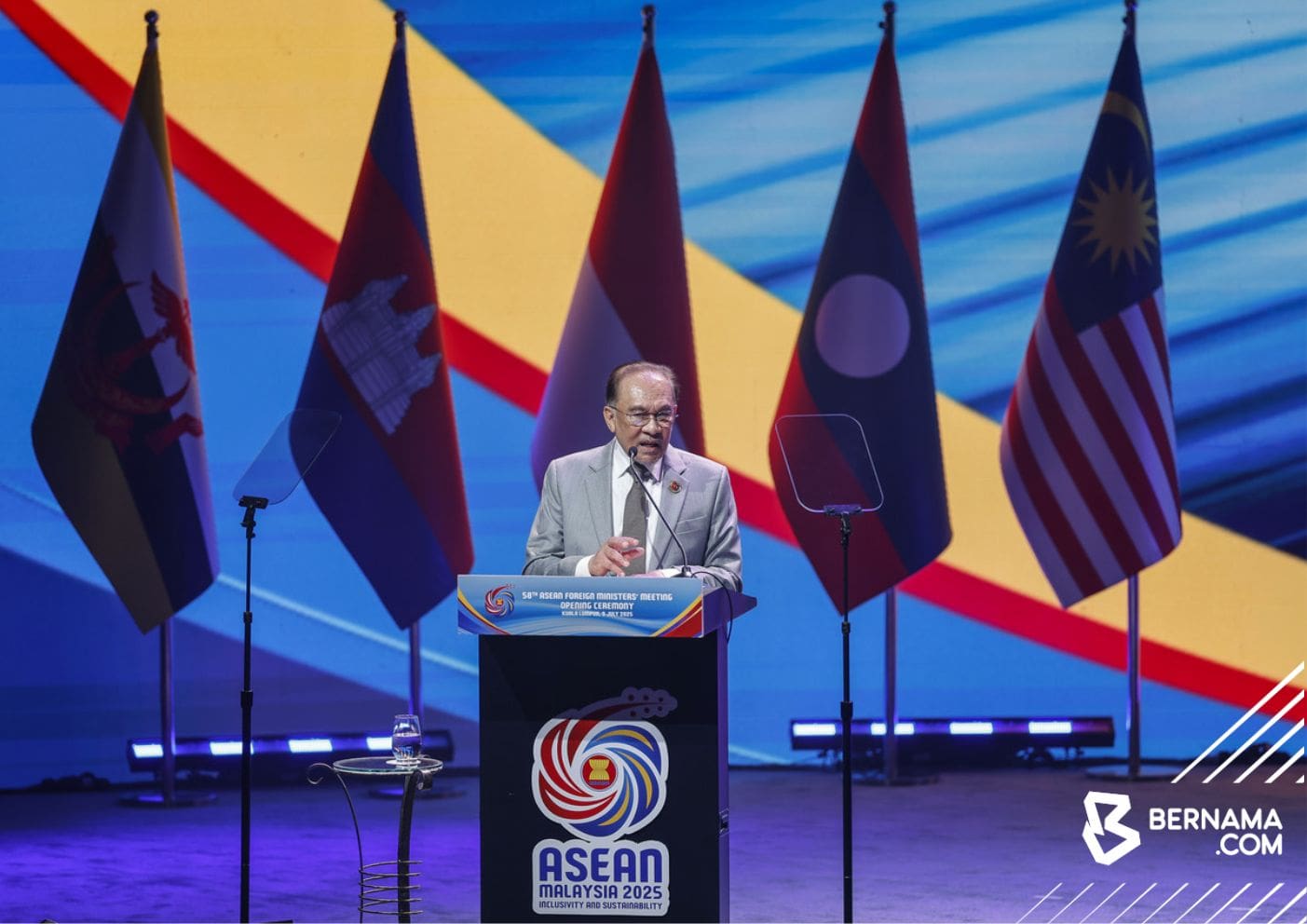
About
The ASEAN Foreign Ministers’ Meeting (AMM) is one of ASEAN’s key annual platforms where the foreign ministers of ASEAN Member States meet to discuss and coordinate regional diplomacy, political-security cooperation, and ASEAN’s external relations.
The 58th AMM was held in Kuala Lumpur, Malaysia from July 8-11, 2025 under the chairmanship of Malaysia, which leads ASEAN in 2025 under the theme “Inclusivity and Sustainability”.
Significant progress was made across the following pillars:
ASEAN Community Building: focus was on regional integration, peace, and the upcoming full membership of Timor-Leste as the 11th Member State at the 47th ASEAN Summit in October 2025.
ASEAN Political-Security Community: commitments were made to nuclear non-proliferation, combating transnational crimes, and upholding maritime stability.
ASEAN Economic Community: the Ministers highlighted ASEAN’s economic resilience, trade agreements, and advancements in digital transformation and sustainable development.
ASEAN External Relations: emphasised stronger partnerships and cooperation with various international bodies.
Regional and International Issues: the Ministers discussed pressing regional and international issues, including concerns in the South China Sea, Myanmar, the Korean Peninsula, Ukraine, and the Middle East, while reaffirming ASEAN's commitment to diplomatic solutions and humanitarian efforts.
Participants that attended this year’s AMM included:
Foreign ministers and senior officials from 10 ASEAN member states
ASEAN Secretary-General Dr Kao Kim Hourn
The ASEAN Secretariat delegation
Heads of ASEAN bodies
Representatives from Timor-Leste, which is currently participating as an observer
Delegates from external partners and dialogue countries, who will join subsequent Post-Ministerial Conferences.
Looking ahead, the Ministers expressed support for the 59th AMM, Post-Ministerial Conferences, 27th ASEAN Plus Three Foreign Ministers’ Meeting, 16th East Asia Summit Foreign Ministers’ Meeting, and 33rd ASEAN Regional Forum - all of which are scheduled to be held in the Philippines in 2026.
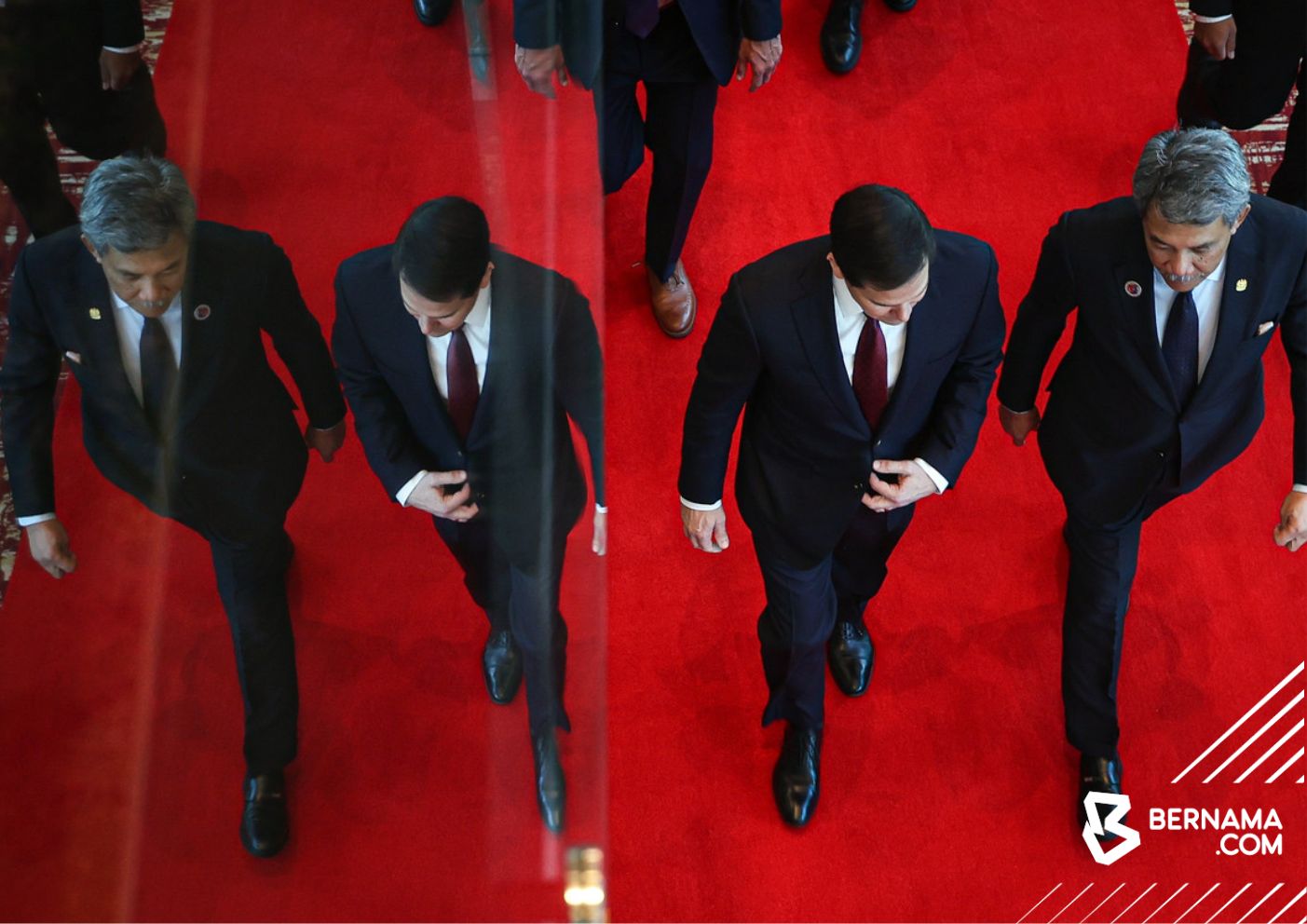
Signing Ceremony of the Instrument of Accession to the Treaty of Amity and Cooperation in Southeast Asia (TAC)
On July 9, 2025, Uruguay and Algeria became the latest countries to accede to the Treaty of Amity and Cooperation in Southeast Asia (TAC). Representatives from both countries were present for the signing ceremony, which was held on the sidelines of the 58th ASEAN Foreign Ministers’ Meeting in Kuala Lumpur, Malaysia.
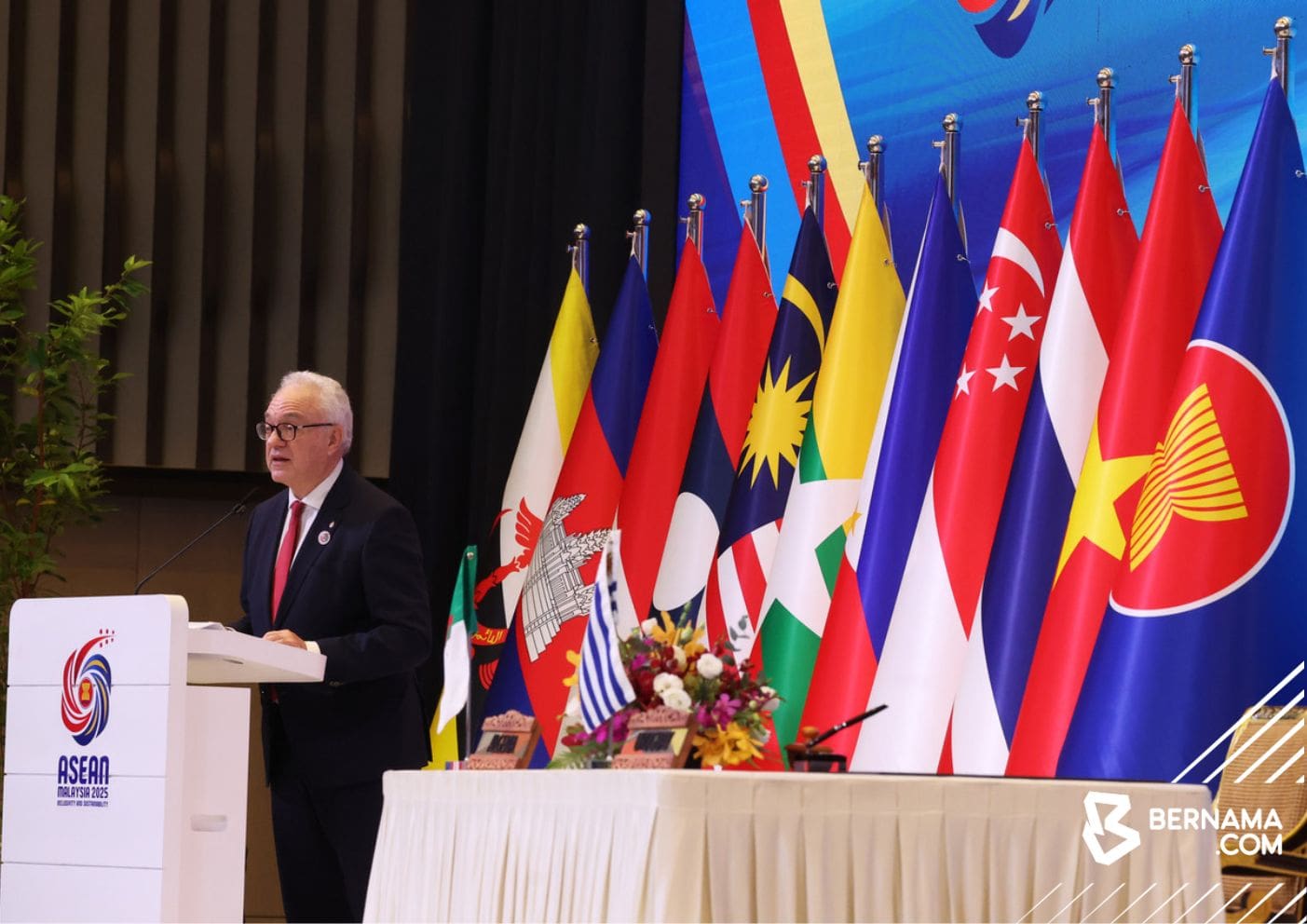
What is the TAC?
The TAC is ASEAN’s first legally binding treaty and remains one of ASEAN's key instruments for promoting peaceful interstate relations.
Established in 1976, the TAC embodies universal principles of peaceful coexistence and friendly cooperation among states in Southeast Asia and beyond the region. Countries that have joined the treaty also agree to work together in areas like the economy, education, science, technology, and government.
The treaty has been updated three times - in 1987, 1998, and 2010 - to allow more countries outside Southeast Asia, as well as regional organisations made up of independent countries, to join.
As of July 2025, 57 countries and organisations - also known as High Contracting Parties (HCPs) - have officially joined the treaty.
The Countries Bound by the Treaty
The TAC originally bound the five founding ASEAN states in 1976: Philippines, Singapore, Indonesia, Thailand, and Malaysia, who signed and ratified it domestically soon after.
It was expanded to include new ASEAN members - Brunei, Vietnam, Laos, Myanmar, and Cambodia - as they joined the bloc between 1984 and 1999.
Since 1987, the treaty has been open to non-ASEAN countries and entities. Papua New Guinea was the first non-ASEAN country to join in 1989. By 2025 a total of 57 countries and regional organisations have joined the TAC, including major global players like China, India, Japan, the US, and the EU.
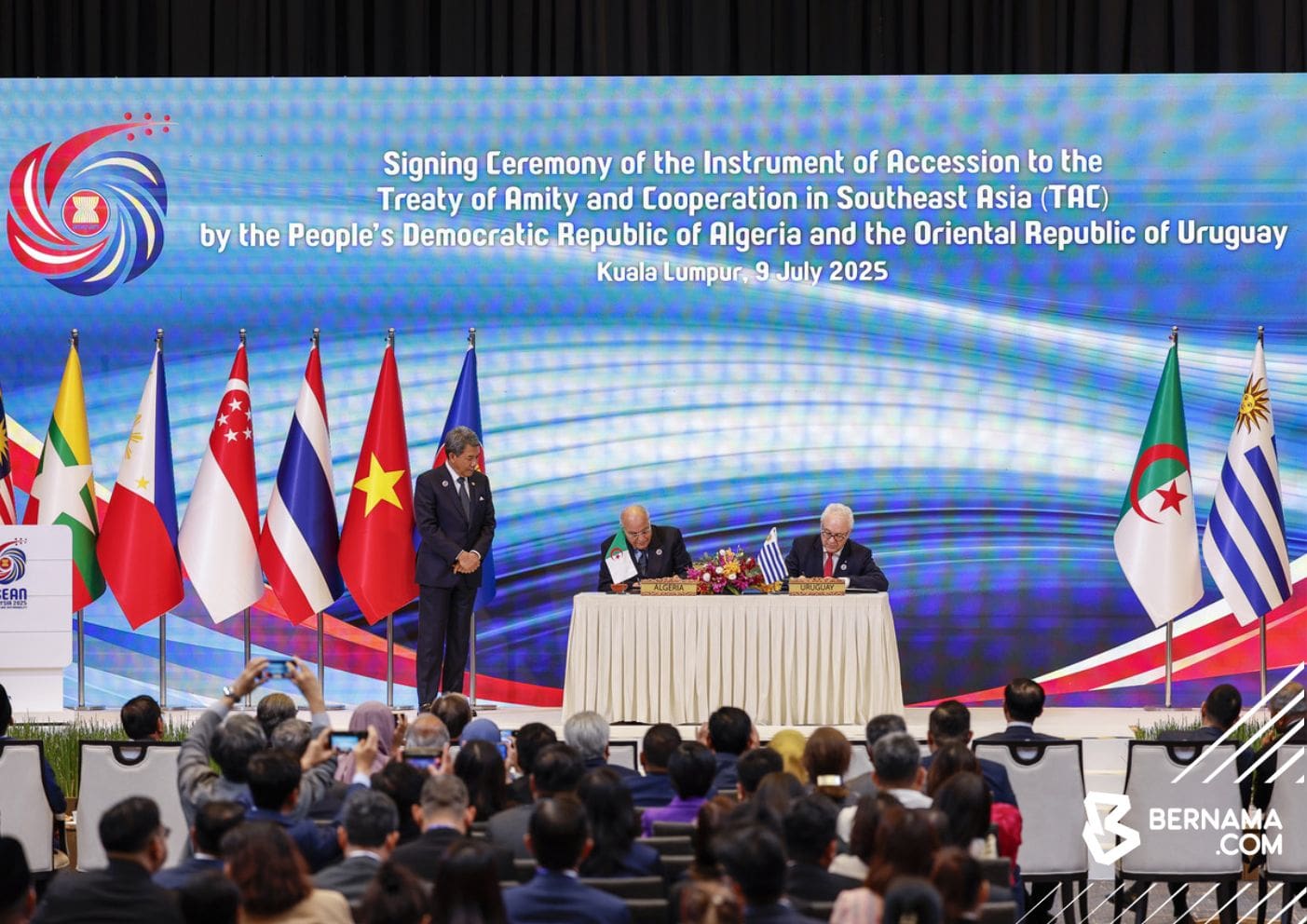
What Joining the TAC Means
Once acceded, countries agree to uphold the six TAC principles:
Mutual respect for the independence, sovereignty, equality, territorial integrity and national identity of all nations;
The right of every State to lead its national existence free from external interference, subversion or coercion;
Non-interference in the internal affairs of one another;
Settlement of differences or disputes by peaceful means;
Renunciation of the threat or use of force;
Effective cooperation among themselves.
They also gain the right to participate in the treaty’s institutions.
One such institution is the High Council which is comprised of minister-level representatives from each party, empowered to address disputes through mediation, inquiry, or conciliation.
However, the High Council has never been convened, mainly due to ASEAN’s preference for informal diplomacy and consensual dispute resolution outside formal bodies.
What’s Next?
ASEAN is preparing to mark the 50th anniversary of the TAC in 2026.
As part of the lead-up to this milestone, a second Conference of the HCPs to the TAC is scheduled to take place in August 2025 at the ASEAN Secretariat in Jakarta. This will bring together treaty members to reflect on the TAC’s role in maintaining peace and cooperation over the decades.
ASEAN is also working towards the adoption of a resolution at the 80th session of the United Nations General Assembly (UNGA) to commemorate the TAC’s 50th anniversary.
-- BERNAMA
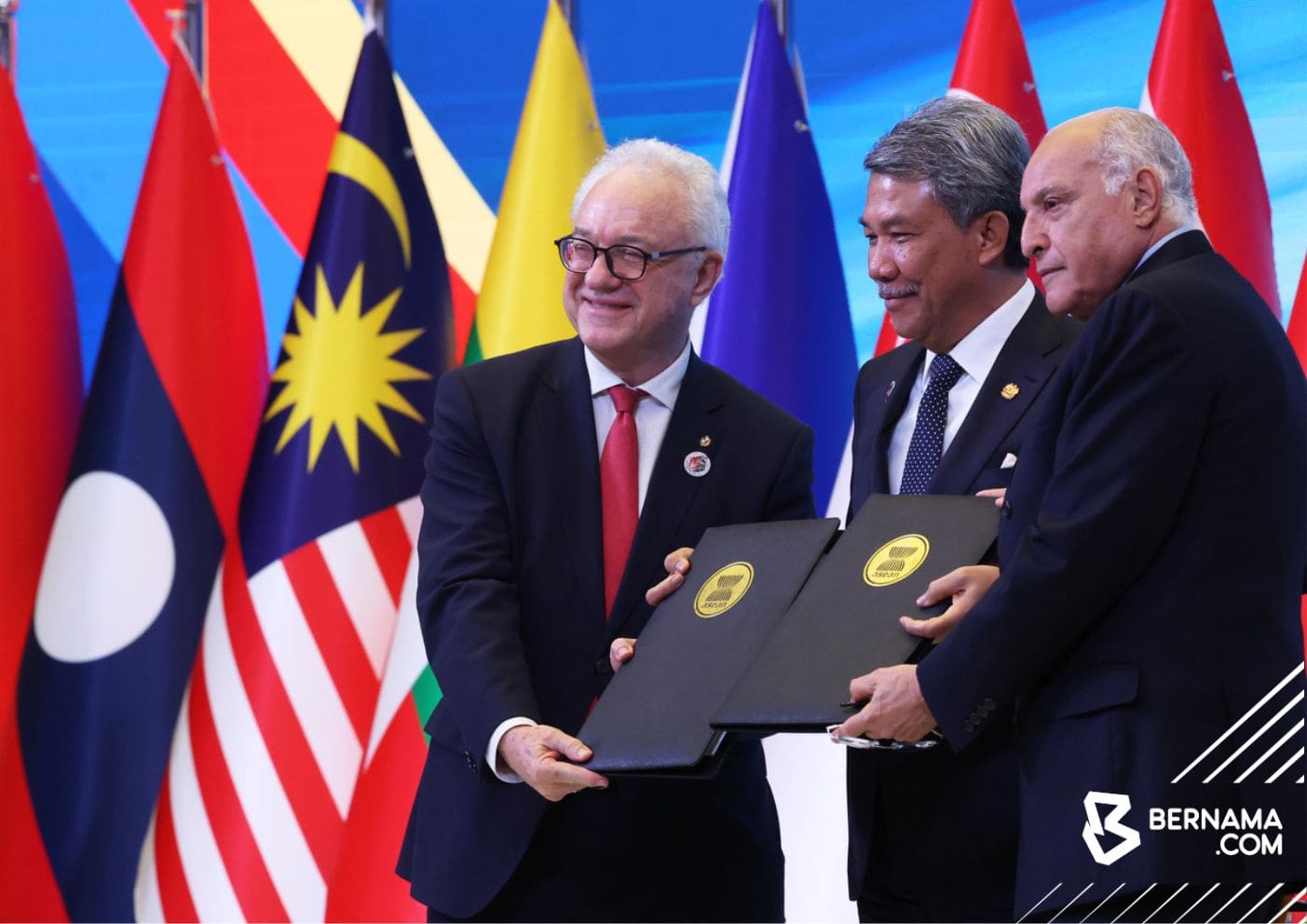
15th East Asia Summit (EAS) Foreign Ministers’ Meeting
The EAS Foreign Ministers’ Meeting is a forum for strategic dialogue, bringing together ASEAN’s 10 member states and eight major powers, including the US, China, India and Russia.
This year’s summit was held in Malaysia on July 10, 2025, alongside the ASEAN Summit and chaired by Malaysia’s Foreign Minister Datuk Seri Mohamad Hasan.
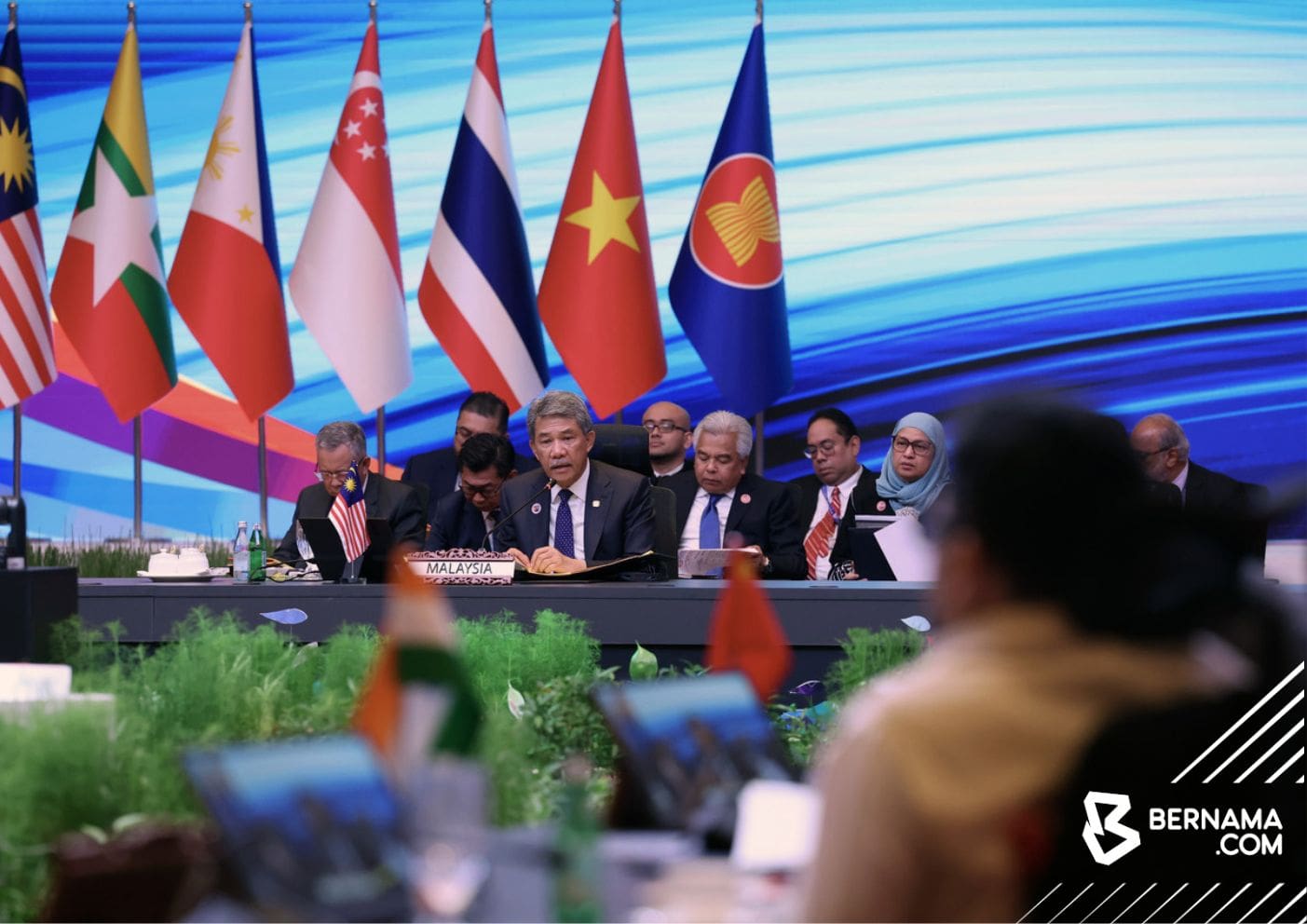
Key Participants
Participants expected to attend the 2025 EAS Foreign Ministers’ Meeting include:
ASEAN Foreign Ministers and senior officials from all 10 member states
Foreign ministers and representatives from eight other countries namely Australia, China, India, Japan, New Zealand, South Korea, Russia, and the US.
The Secretary-General of ASEAN
Discussion Highlights
This year’s meeting is a continuation of some of the 2024 themes. However, much of the focus has now shifted to deepening practical cooperation, in light of ongoing geopolitical tensions and other transnational issues.
1. Progress of EAS Plan of Action
The EAS Plan of Action (2024-2028) continues to provide the guiding framework, and its progress was noted.
2. Strengthening Collaboration for Emerging Challenges
The importance of enhancing EAS collaboration was recognised, particularly across the EAS workstreams and the four priority areas of the ASEAN Outlook on the Indo-Pacific.
3. Encouraging Regular Engagement
There was strong encouragement for more frequent and structured engagement between the Committee of Permanent Representatives to ASEAN and non-ASEAN Ambassadors of EAS participating countries based in Jakarta.
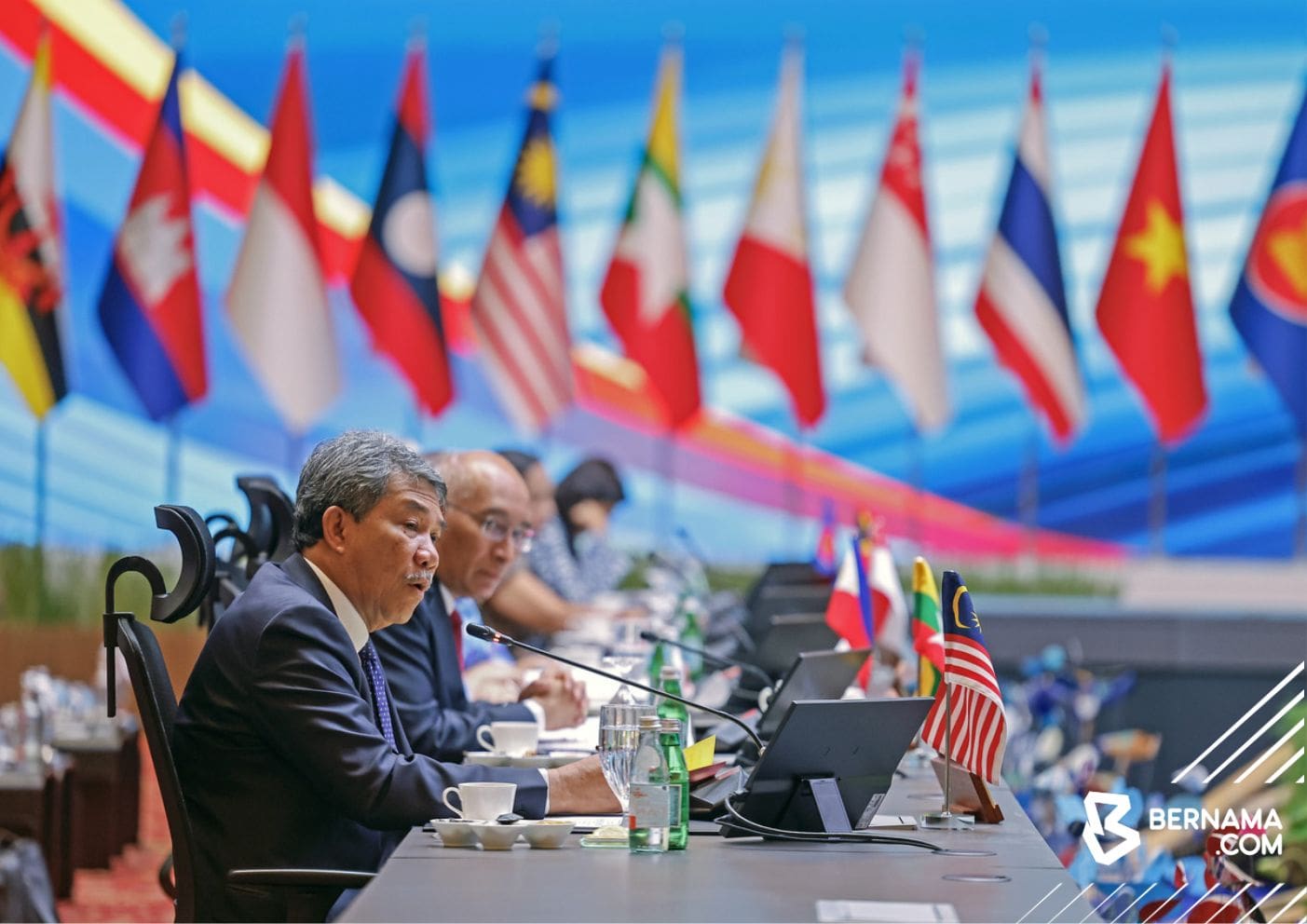
Key Outcomes
1. 20th Anniversary and Kuala Lumpur Declaration
The meeting welcomed the 20th anniversary of the EAS and looked forward to the adoption of the Kuala Lumpur Declaration on the anniversary
This declaration aims to reaffirm the EAS' strategic value and relevance and its responsiveness to an evolving global landscape.
2. Deepening Practical Cooperation
The meeting agreed to intensify practical cooperation across the EAS workstreams.
This is aimed at improving coordination, implementation, and follow-through on EAS Leaders’ statements, declarations, decisions and initiatives.
3. Adoption of Thematic EAS Statements
The Ministers looked forward to the adoption of several thematic EAS Statements at the 20th EAS, including those on:
Promoting Localisation in Anticipatory Action for Disaster Preparedness and Response
Combating Online Scams and Related Transnational Crime Issues
Strengthening EAS Cultural Cooperation
Strengthening Energy Cooperation
Inclusive Digital Economy
4. Future EAS Foreign Ministers’ Meeting
The Ministers looked forward to the convening of the 16th EAS Foreign Ministers’ Meeting in the Philippines in 2026.
– BERNAMA
The 32nd ASEAN Regional Forum
Under Malaysia’s chairmanship, the 32nd ASEAN Regional Forum (ARF) advances its mission to transform dialogue into concrete action amid rising geopolitical and transnational threats.
In his opening remarks at the 2025 ARF, Malaysia’s Foreign Minister Datuk Seri Mohamad Hasan urged concrete reforms to address escalating security threats.
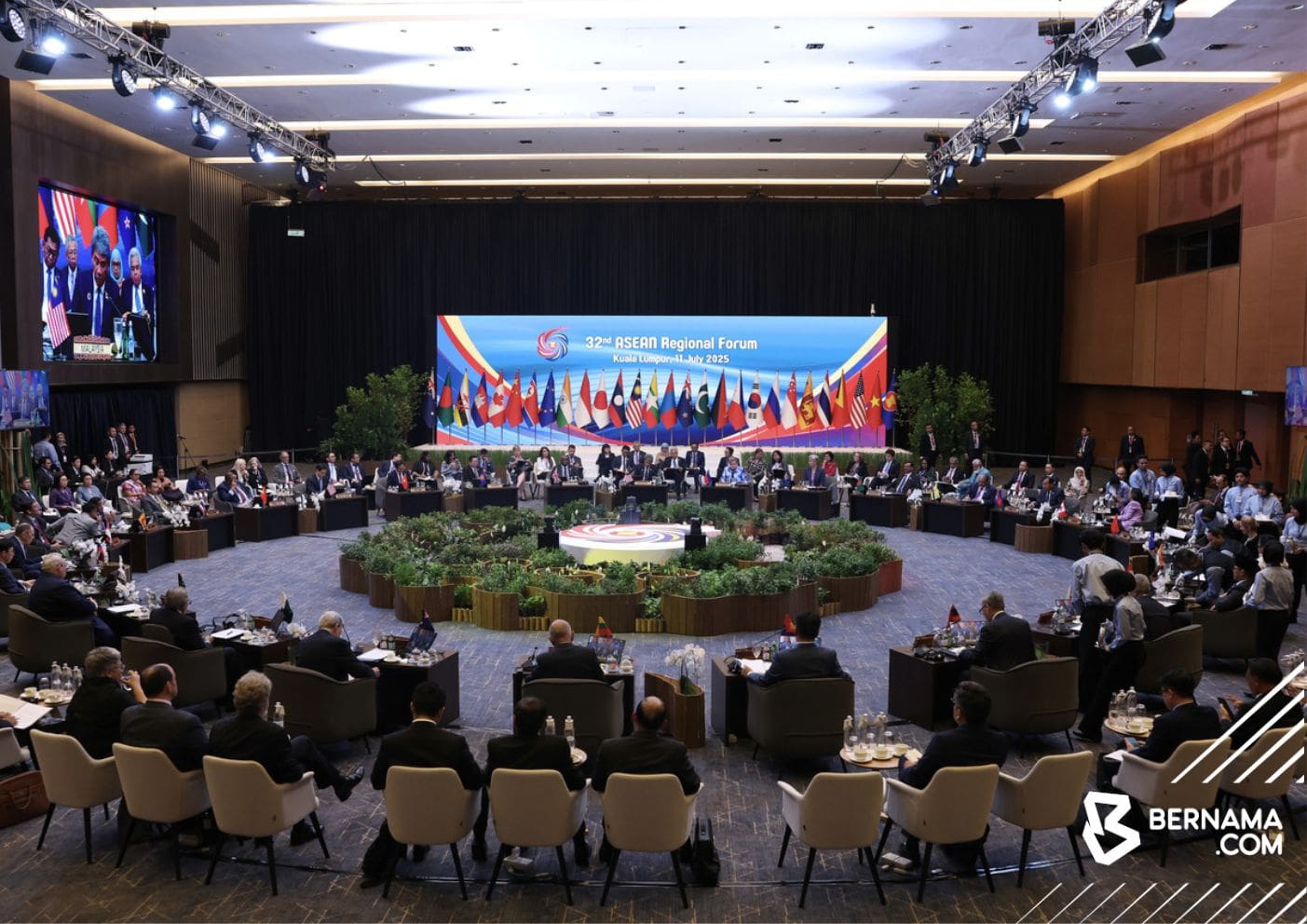
Urgent Challenges
The minister highlighted critical threats demanding immediate attention:
Maritime Tensions: "Raising the risk of miscalculation" in key waterways.
Cyber Threats: Escalating attacks that are undermining infrastructure and eroding public trust.
Climate Change: Now a direct driver of insecurity and displacement, and no longer seen as a distant risk.
Four-Point Reform Agenda
As 2025 ARF Chair, Malaysia pushed for institutional revitalisation:
1. Responsiveness:
Prioritise swift reactions to crises like humanitarian emergencies and conflict prevention.
2. Action-Oriented Approach:
Bridge the gap between ambition and implementation via joint projects in maritime security, counter-terrorism, and disaster response.
3. Enhanced Coordination:
Strengthen synergy with other ASEAN-led mechanisms.
4. Inclusivity:
Preserve consensus among the 27-member forum despite diverse perspectives.
The 2025 ARF was held in Kuala Lumpur on July 11, alongside the 2025 ASEAN Foreign Ministers’ Meeting, which took place from July 10-11.
The 33rd ARF is scheduled to be convened in the Philippines in 2026.
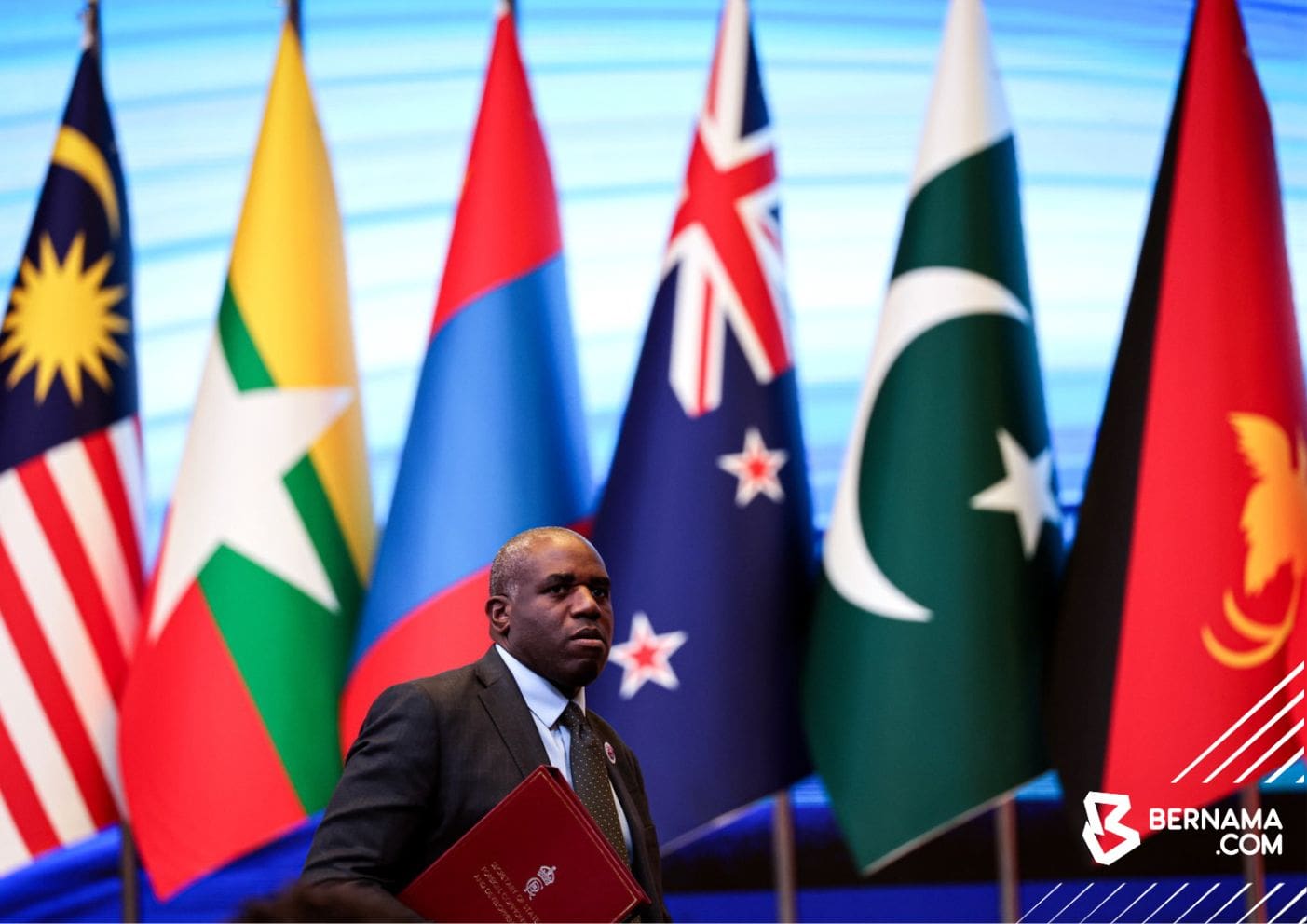
Key Discussions/Outcomes of the 2025 ARF
1. Revitalisation of ARF
Emphasis on the need to revitalise ARF to maintain its relevance amid evolving regional security challenges.
Call for a "holistic and comprehensive approach" to enhance ARF’s effectiveness, substantive dialogue, and interactive engagement among participants.
2. Advancement to Preventive Diplomacy
ARF participants were urged to progress from confidence-building measures (Stage I) to preventive diplomacy (Stage II) under the 1995 ARF Concept Paper.
Stressed adherence to the ARF Preventive Diplomacy Work Plan.
3. Implementation of Key Documents
Extended the Hanoi Plan of Action II (HPOA II) until 31 December 2025.
Agreed to develop a new ARF Plan of Action (POA) for adoption in 2026.
4. Regional Security Challenges
Addressed escalating tensions in the South China Sea, Myanmar, Korean Peninsula, Ukraine, and Gaza, urging peaceful resolutions and compliance with international law.
Supported ARF’s role in facilitating dialogue on these issues (such as the Korean Peninsula denuclearisation).
5. Broader Regional Engagement
Advocated for cooperation with the Indian Ocean Rim Association (IORA) and Pacific Islands Forum (PIF), tasking ASEAN Secretariat to draft cooperation plans per existing MoUs.
What is the ARF?
Established in 1994, the forum is Asia-Pacific's premier security dialogue platform.
It facilitates constructive discussions on political and security issues among 27 participant countries, aiming to build trust, enhance cooperation, and promote preventive diplomacy.
Key goals include conflict prevention, disaster relief coordination, counter-terrorism, and maritime security.
Participants
The ARF comprises 27 members.
Ten ASEAN States: Brunei, Cambodia, Indonesia, Laos, Malaysia, Myanmar, Philippines, Singapore, Thailand, Vietnam.
Dialogue Partners (17): Australia, Canada, China, EU, India, Japan, New Zealand, ROK, Russia, USA, Bangladesh, North Korea (DPRK), Mongolia, Pakistan, Sri Lanka, Timor-Leste, and Papua New Guinea (observer).
Decisions are consensus-based, reflecting ASEAN centrality.
-min.png)
